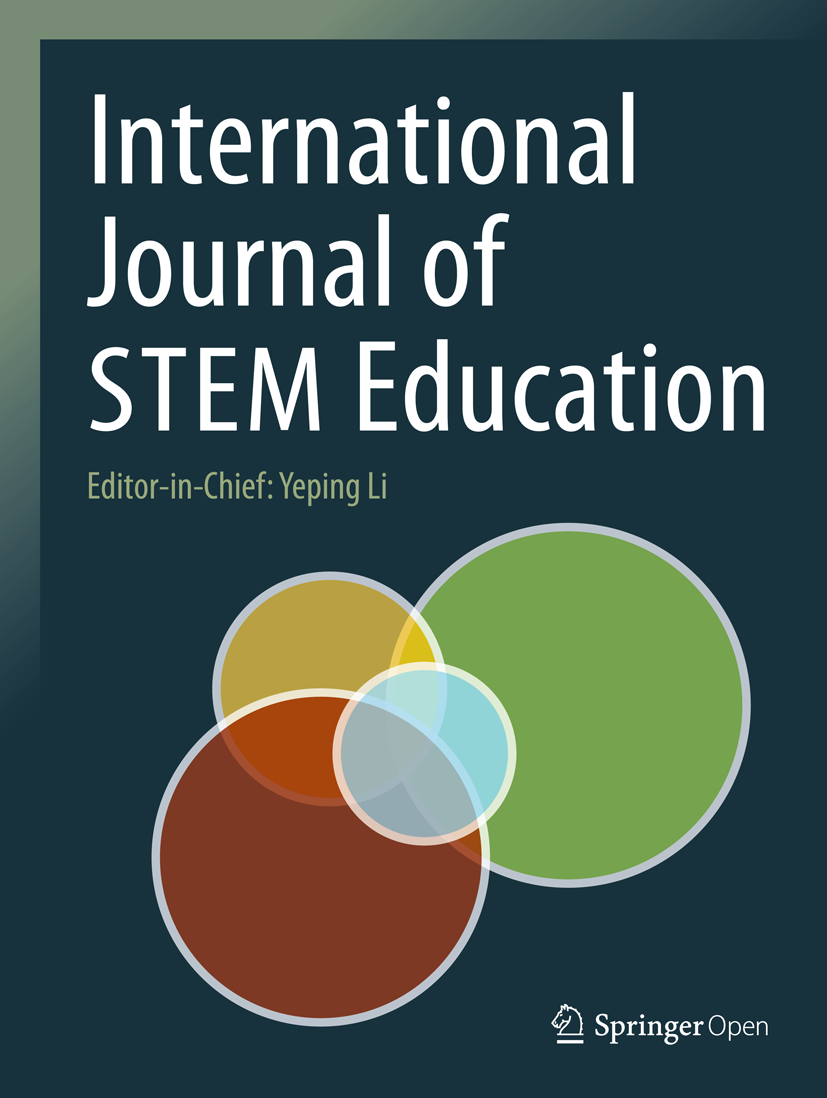小学计算机科学课程改革如何促进公平?对学生学习、学科认知和性别差距的影响
IF 8
1区 教育学
Q1 EDUCATION & EDUCATIONAL RESEARCH
引用次数: 3
摘要
背景尽早接触计算机科学(CS)和计算思维(CT)对于扩大参与和促进该领域的公平至关重要。但是,将CS和CT引入小学课程如何影响学习、认知和学生群体之间的差距?我们从公平的角度对cs课程改革和教师专业发展(PD)项目进行了研究,采用层次回归和结构方程模型对三个研究的学生学习和感知数据进行了分析,研究对象分别是1384、2433和1644名3-6年级学生(7-11岁)及其83、142和95名教师。在学习方面,接触计算机科学教学似乎有助于缩小成绩差的学生和成绩好的学生之间的成绩差距,以及先前存在的性别差距。尽管教授的内容对学生的学习没有直接影响,但教师的人口统计学或动机对学生的学习没有影响,教师对CS-PD的感知对学习有积极影响。在感知方面,学生对计算机科学及其教学工具(机器人、平板电脑)的看法是积极的,当他们认为身边有一个学习计算机科学的榜样时,这种看法就更明显了。尽管如此,性别差异仍然存在,尽管接受过计算机科学教育,男孩比女孩更积极地看待计算机科学。然而,接受CS教育对男孩和女孩的影响不同:较大的性别差距正在缩小(即与机器人相关的性别差距),而较小的性别差距正在扩大(即与CS和平板电脑相关的性别差距)。本文强调了计算机科学课程改革如何影响学习、认知和公平,并支持以下几点的重要性:(1)尽早向所有人介绍计算机科学;(ii)让教师做好教计算机科学的准备,同时消除教师人口统计和动机对学生成绩的影响;(三)开展适合发展的活动,向所有学生群体发出信号。本文章由计算机程序翻译,如有差异,请以英文原文为准。
How are primary school computer science curricular reforms contributing to equity? Impact on student learning, perception of the discipline, and gender gaps
Abstract Background Early exposure to Computer Science (CS) and Computational Thinking (CT) for all is critical to broaden participation and promote equity in the field. But how does the introduction of CS and CT into primary school curricula impact learning, perception, and gaps between groups of students? Methodology We investigate a CS-curricular reform and teacher Professional Development (PD) programme from an equity standpoint by applying hierarchical regression and structural equation modelling on student learning and perception data from three studies with, respectively, 1384, 2433 and 1644 grade 3–6 students (ages 7–11) and their 83, 142 and 95 teachers. Results Regarding learning, exposure to CS instruction appears to contribute to closing the performance gap between low-achieving and high-achieving students, as well as pre-existing gender gaps. Despite a lack of direct influence of what was taught on student learning, there is no impact of teachers’ demographics or motivation on student learning, with teachers’ perception of the CS-PD positively influencing learning. Regarding perception, students perceive CS and its teaching tools (robotics, tablets) positively, and even more so when they perceive a role model close to them as doing CS. Nonetheless, gender differences exist all around with boys perceiving CS more positively than girls despite access to CS education. However, access to CS-education affects boys and girls differently: larger gender gaps are closing (namely those related to robotics), while smaller gaps are increasing (namely those related to CS and tablets). Conclusion This article highlights how a CS curricular reform impacts learning, perception, and equity and supports the importance of (i) early introductions to CS for all; (ii) preparing teachers to teach CS all the while removing the influence of teacher demographics and motivation on student outcomes; and (iii) having developmentally appropriate activities that signal to all groups of students.
求助全文
通过发布文献求助,成功后即可免费获取论文全文。
去求助
来源期刊

International Journal of Stem Education
Social Sciences-Education
CiteScore
12.40
自引率
11.90%
发文量
68
审稿时长
13 weeks
期刊介绍:
The International Journal of STEM Education is a multidisciplinary journal in subject-content education that focuses on the study of teaching and learning in science, technology, engineering, and mathematics (STEM). It is being established as a brand new, forward looking journal in the field of education. As a peer-reviewed journal, it is positioned to promote research and educational development in the rapidly evolving field of STEM education around the world.
 求助内容:
求助内容: 应助结果提醒方式:
应助结果提醒方式:


